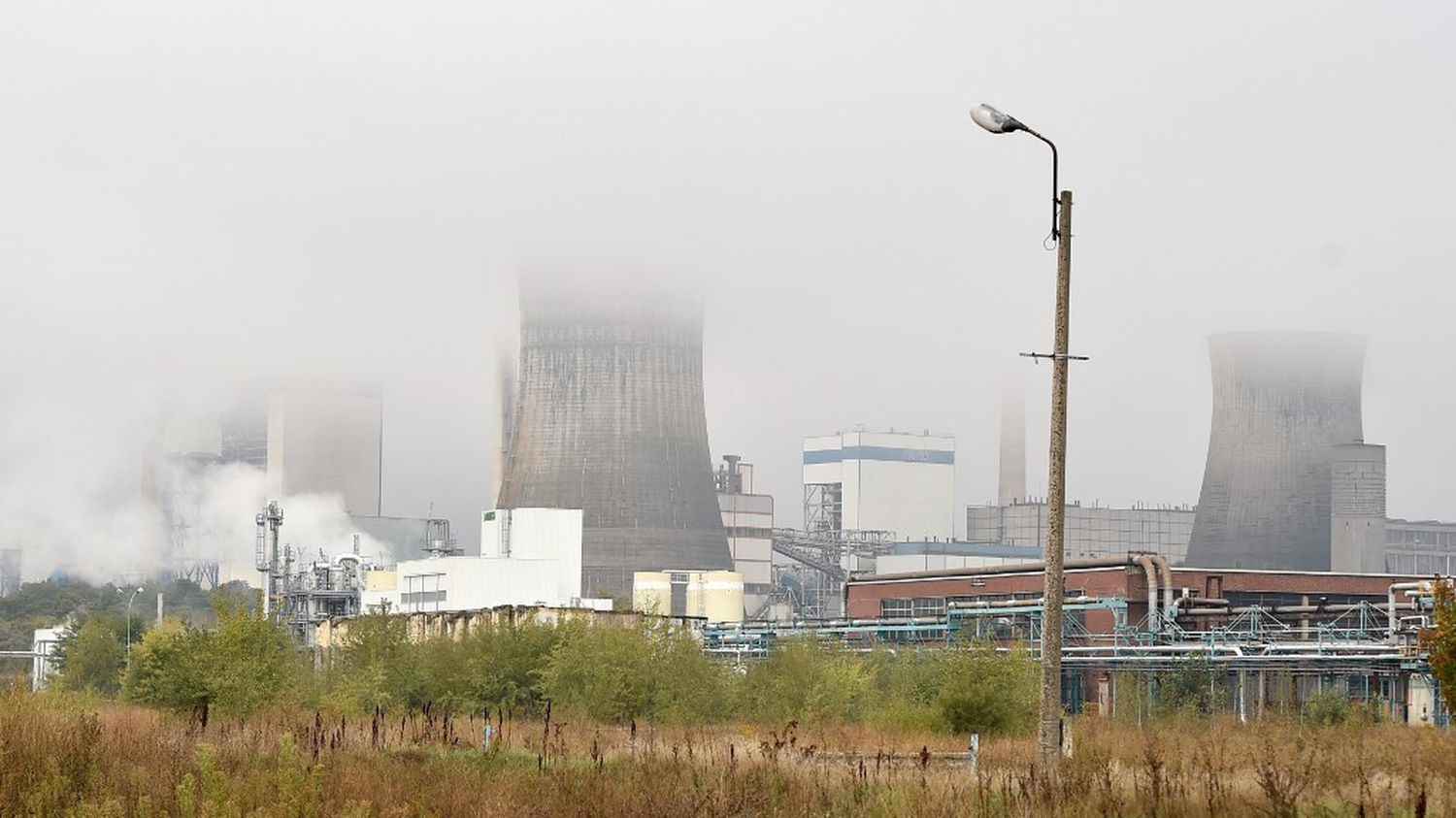France’s greenhouse gas (GHG) emissions remained virtually stable in the first half. It is thus struggling to fall for good with an increase in the energy sector due to the shutdown of nuclear reactors, according to official figures published Thursday, September 29.
“GHG emissions for the first six months of 2022 are almost stable compared to those for the first six months of 2021 (-0.6% difference over the half-year), in total all sectors excluding carbon sinks”assures Citepa, the organization mandated to carry out the French inventory of emissions.
These are provisional estimates at this stage, warns Citepa. But they do not bode well, while France is committed to reducing its emissions by 40% by 2030, an ambition that must be strengthened to take into account new European objectives (-55%). For Anne Bringault, coordinator at the Réseau Action Climat, this is a “very alarming news”.
Very alarming news:
according to CITEPA’s first estimates, greenhouse gas emissions have hardly decreased in the first half of 2022 compared to 2021. #climate
Focus on the most emitting sectors https://t.co/eOcrdIjYDK pic.twitter.com/5xNX6ZsLln— Anne Bringault (@AnneBringault) September 29, 2022
In detail, the various sectors of activity recorded very contrasting developments. The energy production sector thus experienced a marked increase of 7.6% over the half-year, and this “in connection with the numerous shutdowns of nuclear power plants in 2022”underlines the Citepa.
France must indeed face the unavailability of half of its nuclear fleet currently due to scheduled maintenance or problems of micro-cracks that appeared last winter. As a result, nuclear electricity production should reach 280 TWh in 2022, a historic low.
The transport sector also saw its emissions increase over the period (+7.0%), “with two opposing factors that may have entered into competition, the continuation of the post Covid 2020 rebound in the resumption of activity and the energy crisis”notes the Citepa.
Conversely, the building sector (-12.5%) and the manufacturing industry and construction (-5.2%) saw their emissions decline, a trend for which Citepa refers to the crisis of the energy but also the milder weather, which has an effect on heating.
